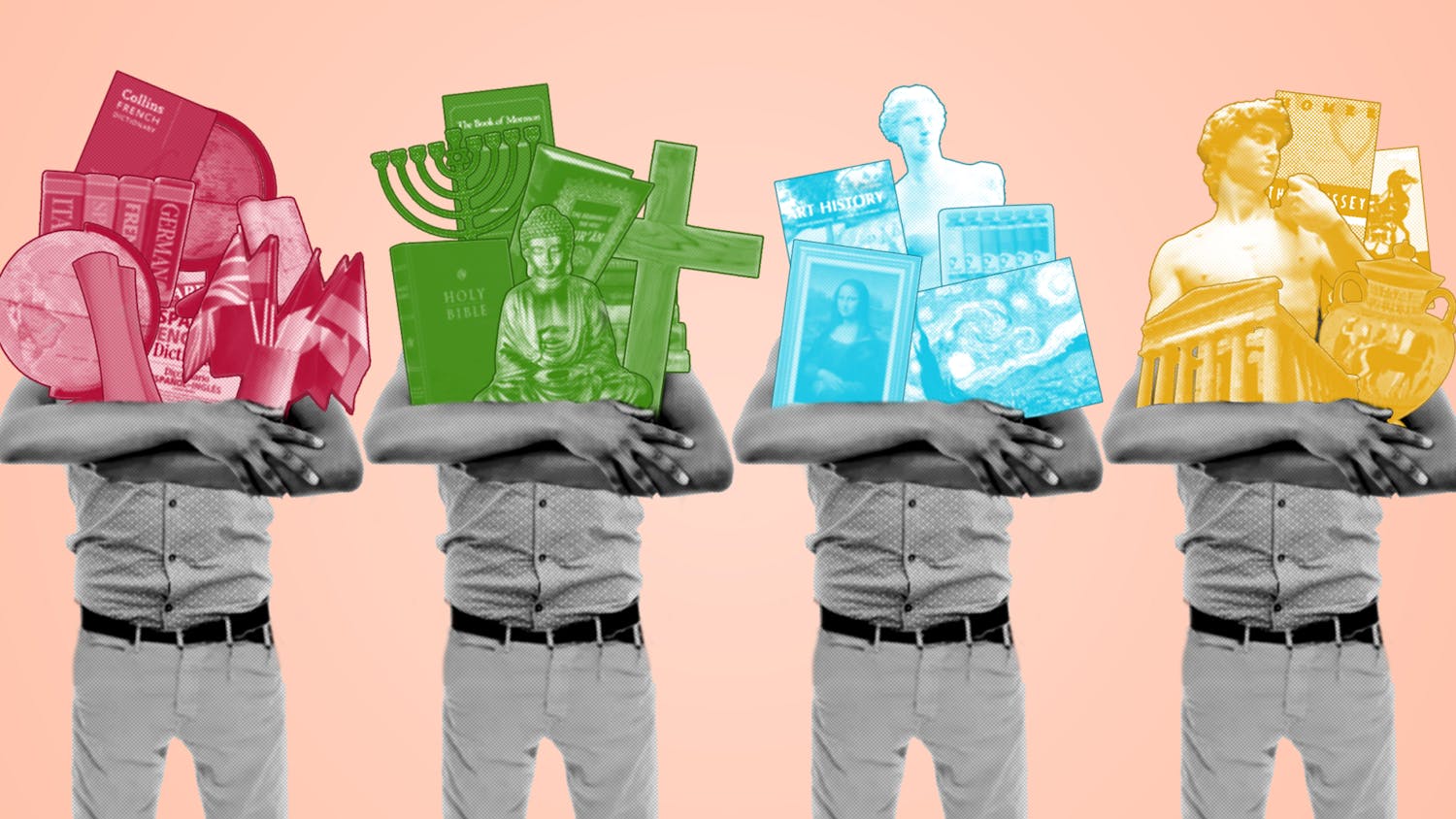Following Wednesday’s shooting in San Bernardino, California, The Washington Post published a piece aggregating data collected in recent years regarding America’s ongoing gun crisis. Collected for your perusal, here is some of the data we found the most interesting, presented without comment.
As reported by several outlets besides the Post, there have been at least 352 mass shootings this year; today, Dec. 3, marks the 337th day of the year.
The piece cites a long-term study conducted by investigative magazine Mother Jones dedicated to analyzing American mass shootings — that is, large-scale gun murders seemingly independent of "terrorist ideology" or "criminal profit" — from 1982 to 2015. Their data is up to date with the Umpqua Community College shooting in Oregon on Oct. 2. One of the more pertinent findings from their study is between 1982 and 2012, most guns used in mass shootings had been purchased legally.
According to a study by the FBI, as well as work done by The Washington Post, not only have active shooter incidents drastically increased in the last seven years, but of the 12 deadliest mass shootings in our nation’s history, half have occurred in that time period.
A study by Kieran Healy, a sociologist at Duke University, found that the American South is not only the most violent region in the U.S., but it is drastically more violent than other developed countries.
After analyzing global literature on the subject, the Harvard Injury Control Research Center concluded that where there are more guns in circulation, there are larger levels of homicide.
Perhaps most interesting of all, several surveys by the Pew Research Center have found that not only do contemporary mass shootings not drastically affect the American people’s feelings on gun control, but they have occasionally stoked an increase for the expansion of gun rights. The information provided says this was particularly true following the Newtown, Connecticut, shooting.
This is particularly fascinating because, as reported by The New York Times this past summer, nearly twice as many Americans have been killed by non-Muslim extremists than by radical Jihadists since 9/11. Even though the death toll is significantly higher, the rush to enact legislation combating gun violence has been slow in comparison to that dedicated to fighting the threat of radical Islam: For evidence, refer to the speediness with which legislation was passed slowing the flow of Syrian refugees into the U.S. following the Paris attacks.
Besides considering the numbers and data surrounding gun violence itself, it is also worthwhile to look at the broader media treatment of mass shootings. The BBC, which is based out of a country that suffers incredibly low degrees of gun violence, generated headlines last night when its report on Wednesday’s attack began with the following: "Just another day in the United States of America — another day of gunfire, panic and fear. This time in the city of San Bernardino in California, where a civic building is apparently under attack."
No editorializing, no rhetoric: just studies, hard numbers and factual reporting. Make of it what you will.





